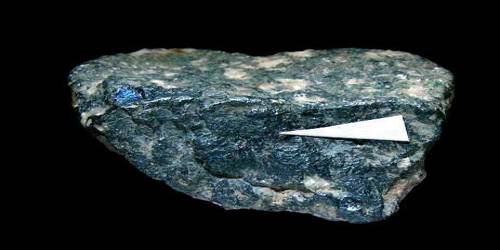According to a new study, snow monkeys in one of the world’s coldest places survive by ‘going fishing,’ scooping live animals out of Japanese rivers, including brown trout, and eating them to stay alive.
Except for Hokkaido, the snow monkey (Japanese macaque Macaca fuscata) is native to Japan’s main islands. In the Kamikochi section of Chubu Sangaku National Park in the Japanese Alps, the most northerly living non-human primate finds that snow cover inhibits the availability of their favored meals.
To distinguish it from other primates, the species is known in Japan as Nihonzaru (ニホンザル, a combination of Nihon 日本 “Japan” + saru 猿 “monkey”), however, because the Japanese macaque is so well-known in Japan, when Japanese people just say “saru,” they usually mean the Japanese macaque.
Snow monkeys run out of energy and fear starving throughout the winter, whereas groundwater-fed streams flow with a constant water temperature of about 5oC and are easily accessible for Japanese macaques looking for alternate live food.
The worldwide research team, led by University of Birmingham scientists, released the first scientific paper of Japanese macaques clearly consuming freshwater creatures in streams, including brown trout, today in Scientific Reports.
The sexual dimorphism of the Japanese macaque is well-known. Males weigh an average of 11.3 kilograms (25 pounds), while females weigh an average of 8.4 kilograms (19 lb). Macaques from colder climates are heavier than those from warmer climates. Males are on average 57.01 cm (22.44 in) tall, while females are on average 52.28 cm (20.58 in) tall.
Japanese macaques have a wider winter home range when food resources are scarce, but Kamikochi lies in a deep valley where they cannot cross the mountains. Population density is exceptionally high and macaques must overwinter in an extremely harsh environment.
Alexander Milner
Japanese macaques have previously been observed capturing marine fish when they are dried or washed up on beaches, while closely related species have been observed feeding on freshwater fish.
Brown trout were identified in the feces of Japanese macaques, leading researchers to think that macaques catch brown trout in shallow pools near the stream’s edge. The majority of the time, macaques move on all fours. Females spend more time in the trees while males spend more time on the ground, making them semiterrestrials.
Macaques are famed for leaping; they are also excellent swimmers, with reports of them swimming nearly half a kilometer. When compared to other macaques, they have a long lifespan: males can live up to 28 years and females can live up to 32 years.
The investigators revealed that the monkeys also graze on riverine insects and molluscs, additional food sources that are likely to enhance their winter survival, using metabarcoding of fecal samples to estimate the monkeys’ wintertime diet.
Alexander Milner, Professor of River Ecosystems at the University of Birmingham who led the study, commented: “Japanese macaques have a wider winter home range when food resources are scarce, but Kamikochi lies in a deep valley where they cannot cross the mountains. Population density is exceptionally high and macaques must overwinter in an extremely harsh environment.”
“These larger populations create additional stress for surviving winter, but an abundance of groundwater upwellings and hot spring inputs from active volcanoes ensures many streams flow without ice cover allowing easy access to the monkeys.”
The Kamikochi area may be the only place in Japan where the topographical, geological, and meteorological conditions allow Japanese macaques to supplement their winter diet in this way, thanks to the abundance of freshwater species in its rivers and streams.
Freshwater bug larvae and nymphs were also discovered in the feces of macaques, according to the researchers. Although terrestrial insects are a key source of food for Japanese macaques, especially during the summer, this is the first time that water insect larvae and nymphs have been identified in their diet.
















